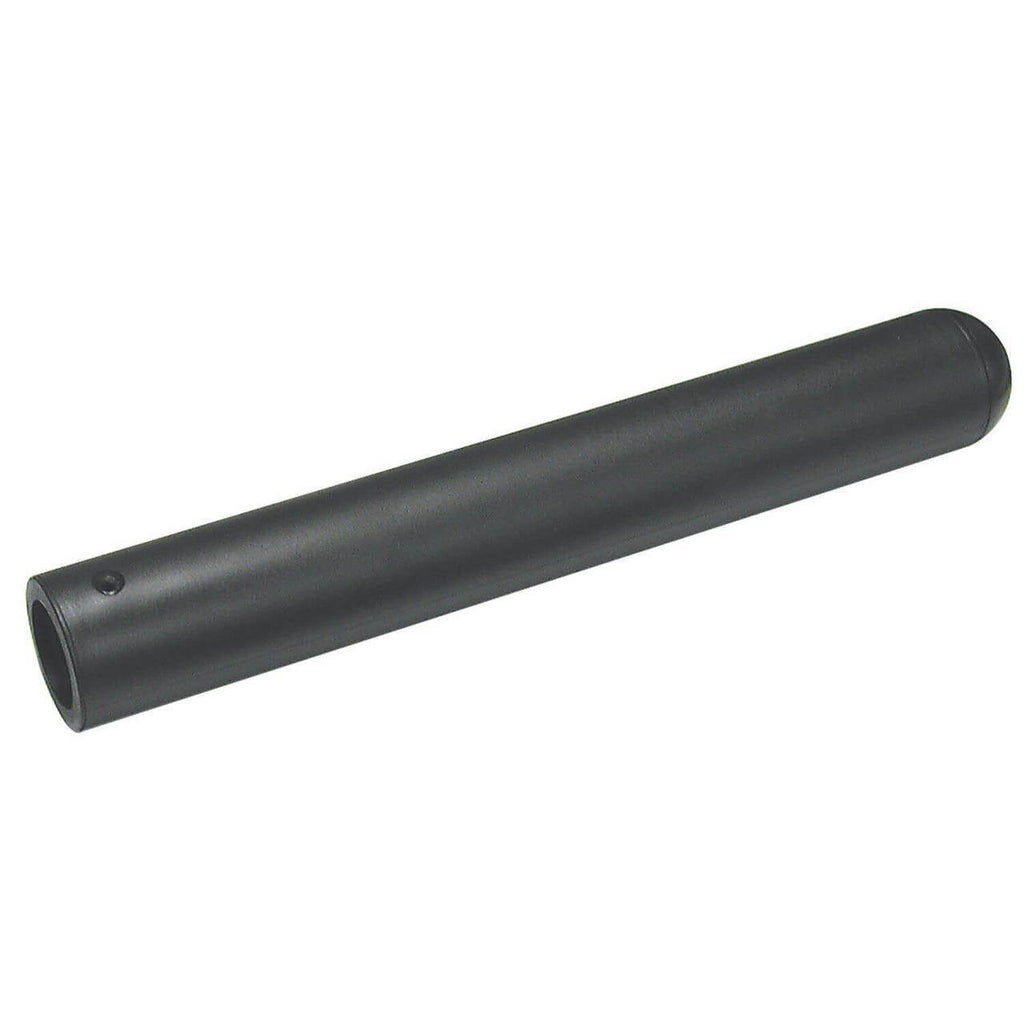
While it may seem silly to worry about small inaccuracies in plates, unbalanced loading of a bar can not only throw-off the accuracy of your record keeping, but can also throw-off your max or near max lifts, due to uneven loading of the bar (not to mention potential injury due to heavy, un-balanced lifts). Olympic Weights are made with a far greater degree of accuracy than Standard Weights. Olympic Bars made for the Squat have knurling in the middle of the bar, this knurling will “grab” your shirt to help prevent the bar from sliding down your back while squatting. For example, Olympic Bars made for the Bench Press, are smooth in the middle so the knurling pattern does not grab your shirt, which could easily take you out of your “Bench Press Arc” and defeat your lift. Olympic Bars come in a variety of options for Power Lifters, Olympic Lifting, Weight Lifting and even different knurling patterns for different exercises. There are also specially made one inch (25mm) bars, made for women. The center portion of an Olympic Bar can range from 28mm to 32mm or one and a quarter inches.

The ends of an Olympic Bar are 2 inches in diameter (50 mm). Olympic Bars are one and 31/32 inches (50mm) in diameter and only take Olympic Weight Plates, made with 2-inch diameter holes. It is the quality of the steel used in the bar that determines how well a bar maintains its shape. Even if you load an Olympic Bar with very heavy weights, they are made to flex under load, but will return to the straight position. Even cheaper Olympic Bars are made to handle much greater loads. They are likely to bend permanently with heavier loads. Standard Weight-Lifting bars are cheaper and will start flexing badly around 200 pounds. Standard Weight Lifting bars are one inch (25mm) in diameter on the end and the middle shaft.

Standard Weights are typically found in home gyms. Bell, what is the difference between a Standard Weight Lifting Bar and an Olympic Bar? Which is better to use?


 0 kommentar(er)
0 kommentar(er)
